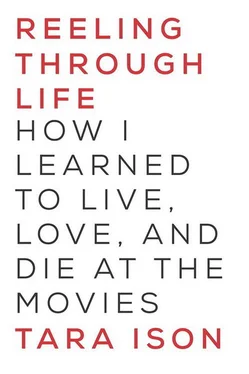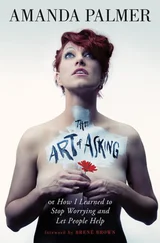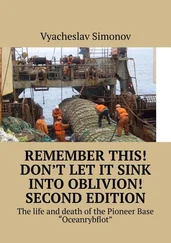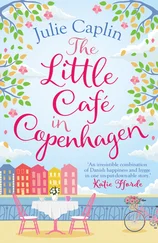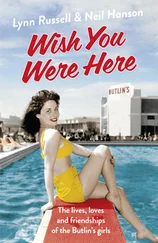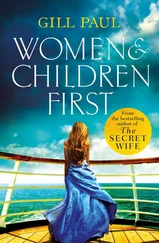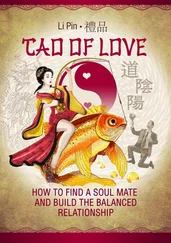What I don’t love is anything fruity and disingenuous: Margaritas, daiquiris, mai tais, any trendy, girly, garish concoction. I’m turned off by the banality of paper umbrellas, the cloying simple sugar syrups. Give me the honest bite of clear, pure ethanol — let me hold my jeweled glass to the light, revel in its power, its authentic, unambiguous intent.
I also do not love raucous drinking, frat-boy swilling, sports bar rowdiness, the inelegant kegger or red plastic Solo cup, the hint of eruption tick-ticking behind a boozed-up lack of control. I like the well-mannered bar, the leather booth, the candle’s flicker, one’s sensibilities and imagination set gently aflame; I like my drinking atmospheric, soft-filtered, refined.
But most of all, I love the feel and effect of drinking: The absorbing swell of the alcohol in my mouth and throat; the initial belly-warm and faint blush in my cheeks; the expansive, generous alchemy that will make me a wittier, sexier, more interesting and insightful, both more vulnerable and more impervious, more fearless, more charming and delightful me.
I decided to become an alcoholic when I was eleven years old.
Back then, though, it was really because of my friend Sarah.Sarah T. Maybe you met her, back in 1975? She was a few years older than me, she was fifteen, with ripply Mona Lisa hair, a lingering layer of baby fat pouting her cheeks. She was so shy, struggling with a new school, her parents’ divorce, never quite at ease in her tender puppy skin. She totally botched her try-out for the glee club out of sheer nerves, a pained insecurity about her place in the world made embarrassingly public, rich fodder for Mean Girls. But boy, get a few drinks in her, and wow. She blossomed, went full swan, got all on-key and giggly and happy happy happy. Other kids flocked to her instead of ignoring her, complimented her cute outfit, remembered her name. Poured her more drinks.
My friend Sarah T. was not a real person, of course, but the titular character of Sarah T. — Portrait of a Teenage Alcoholic , one of those “social issue” network television Movies of the Week from the 1970s, meant to be instructive and realistically gritty yet still exploitative ratings-grabbers, part of an often-named “Portrait of. .” craze ( Dawn: Portrait of a Teenage Runaway , starring Jan Brady; Sharon: Portrait of a Mistress; Alexander: The Other Side of Dawn ), showcasing distressed women and teens. 33I loved the edgy tease of these movies, the subliminal “this could be you” threat if my own safe, normal, middle-class suburban life ever took the slightest wrong turn. One bad decision on my part, they implied, one step outside my own Good Girl persona, and I could wind up in reform school, or vomiting in the gutter, or turning tricks for the first savvy pimp to hustle and pick up frightened naïve runaway me at the bus station. These movies made me feel a longing: I was the most boring adolescent ever, the easiest, most issue-free child, no problem to anyone in a household full of people with voluble, visible problems, and the problem with being no problem is that you go about in that cloak of invisibility: Attention need not be paid. Or, if it is paid, it is a passing pat on the head, an approving dismissal, an overloud laugh track and a cued round of auto-applause. A tribute to the persona, not the person. Being such a Good Girl, I always feared Something Bad would happen to me; I was worried Something Bad never would; I longed for Something Bad to offer me a kind of distinction. These movies of tortured souls trapped in disturbing narratives offered an alluring paradox: Both happy fantasy and a cautionary lesson.
Sarah T. begins with a faux beer commercial, beer-drinking fun people having lots of beer-fueled fun—“ So, go where you want to go! Be what you want to be! Happiness is Corey’s Beer!” —then freeze-frames to give us the stern voiceover:
STERN VOICEOVER
There are approximately half a million preteen and teenage alcoholics in this country today, and the number is growing. Three out of every four teenagers do some drinking. One out of twenty has a serious drinking problem. One in ten will become an alcoholic. . it may take an adult fifteen years to become an alcoholic. It takes a teenager fifteen months. .
These statistics sound impressive, but I ignore them because they are inviting me to do math. I do appreciate the ironic underscoring of fun beer commercial images and PSA-style warning, but I am only mildly interested in what else might be in store; I have never seen a movie about an “alcoholic” before, nor met one in real life — to my knowledge — and the word itself is so clinical, so far off in the abstract realm of adults and adult-size problems given quantifiable, diagnostic labels. I consider changing the channel.
But another freeze-frame, now on a teenage girl’s sad, pudgy face:
STERN VOICEOVER
This is Sarah Travis. She is fifteen years old. She’s an alcoholic.
And I immediately recognize this Sarah Travis as Linda Blair, possessed child of The Exorcist and anguished runaway from last year’s television Movie of the Week Born Innocent , famous for its never-again-shown-on-television shower room rape scene. Linda’s Kewpie-doll face and her bewildered adolescent angst make her so sweetly vulnerable. So relatable, like a friend. I am intrigued. What will befall this sweet girl this time, what perilous devil will be seeking her out?
The cautionary narrative begins at a cocktail party thrown by Sarah’s mother and new stepfather, where the stepdad’s new boss urges young Sarah to have a drink—“It’ll help the medicine go down!”—and this kind of party is also relatable, so, so familiar to me; my parents are famous for their wild bashes, where I am trotted out to pass around mini quiches and stuffed mushrooms to increasingly drunk and raucous adults, sent off to bed at midnight, and awaken in the morning to find people in mod polyester sleeping off their hangovers on the harvest-gold shag carpeting of our living room. Sarah demurs, but when the boss’s back is turned, she finishes off the adults’ drinks all on her own: She drains glass after glass, and even with the medicinal grimace, it’s clear she is actually a seasoned pro at this adaptive technique. This has never occurred to me. I have never tasted alcohol in my life.
The next morning, Sarah listens to her hungover mother and stepfather bemoan how much booze they’d gone through (also a scenario I relate to, and a conversation I could repeat word for word). Her beloved, failed-artist father visits, carrying around a six-pack in a shopping bag (Larry Hagman, perhaps Method-acting from his own alcoholic life), popping beer after beer as he leads Sarah on with a fantasy of their running off to live in the woods, where he will do his painting and they will escape all life’s problems, just father and daughter together.
Meanwhile, to deal with life’s problems, Sarah has a repertoire of tricks: A liquor store delivery is achieved by pretending her (off somewhere) mother is in the shower and getting the delivery guy to leave a bag of booze; she filches from the liquor cabinet in her picture-perfect older sister’s apartment; she waters down the household bottles with a chemist’s precision; she sneaks vodka into her soda can from a bottle of cologne she keeps in her locker at school. I applaud all this ingenuity and deception; it is evidence of the deep-running rivers beneath her flat-affect surface. Her secrecy grants her power, significance, a complexity beyond her years. This is no boringly normal teenage girl with standard-issue issues: This is a girl containing multitudes, layers upon layers of pain. If only anyone would pay attention, look beyond the placid façade.
Читать дальше
